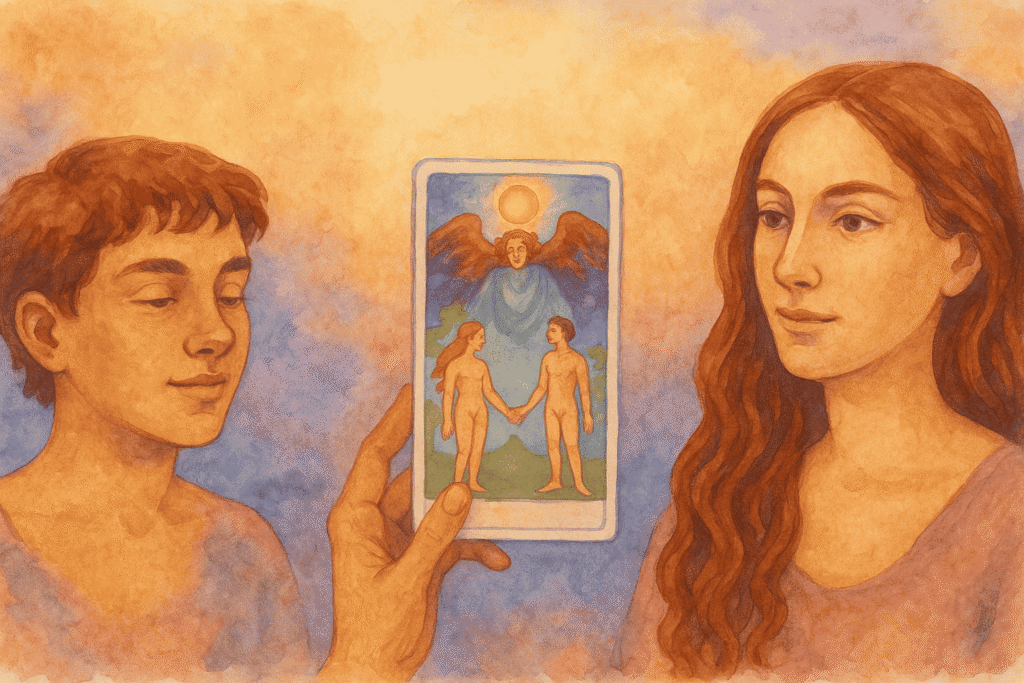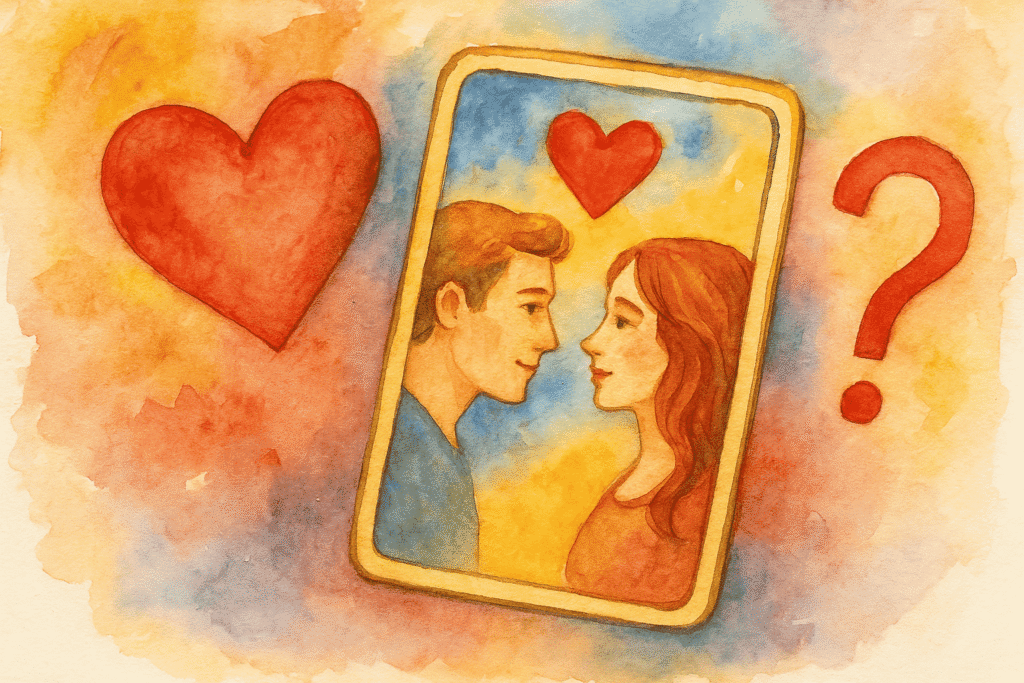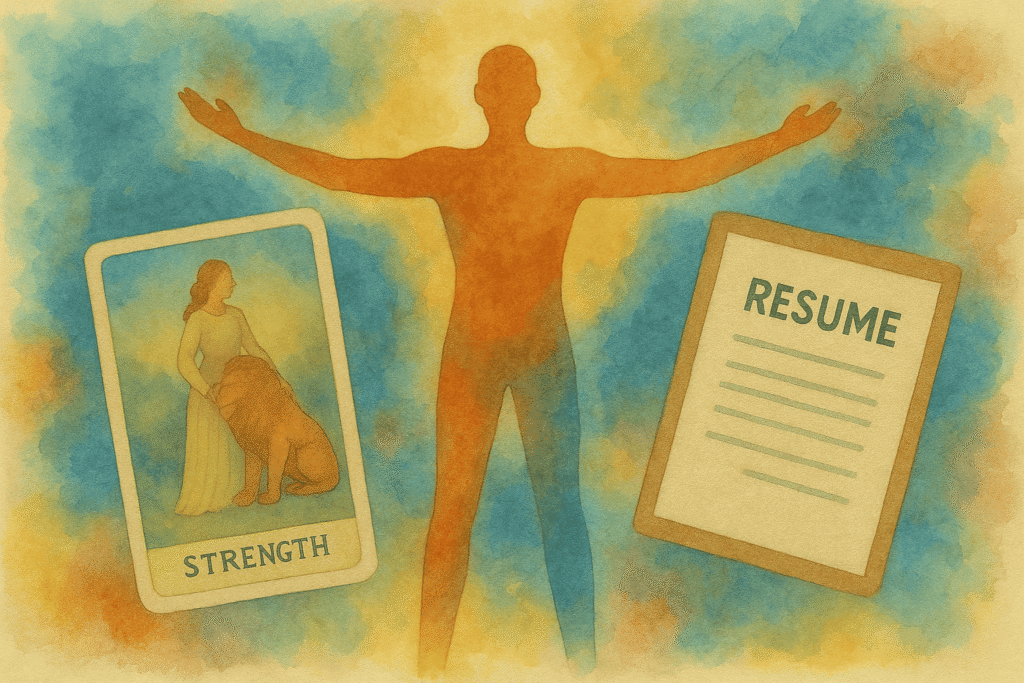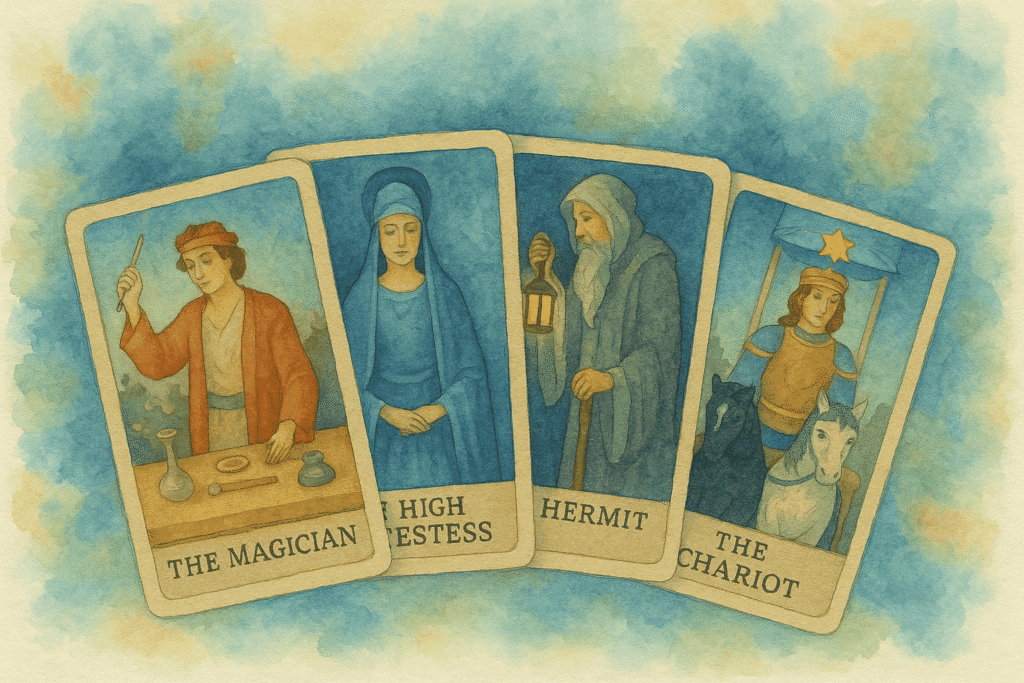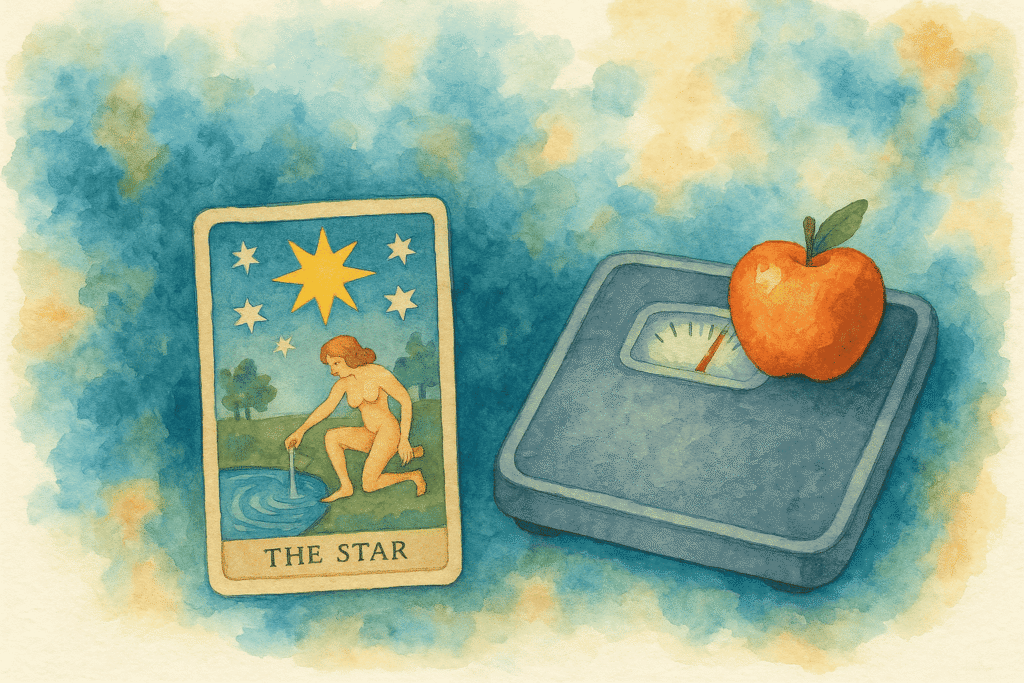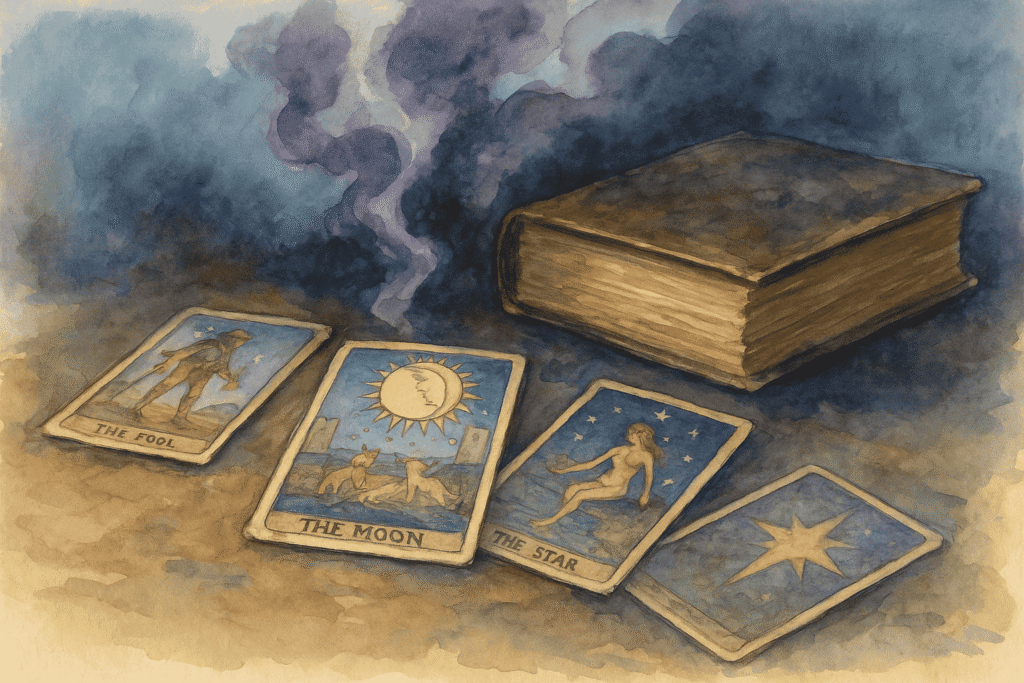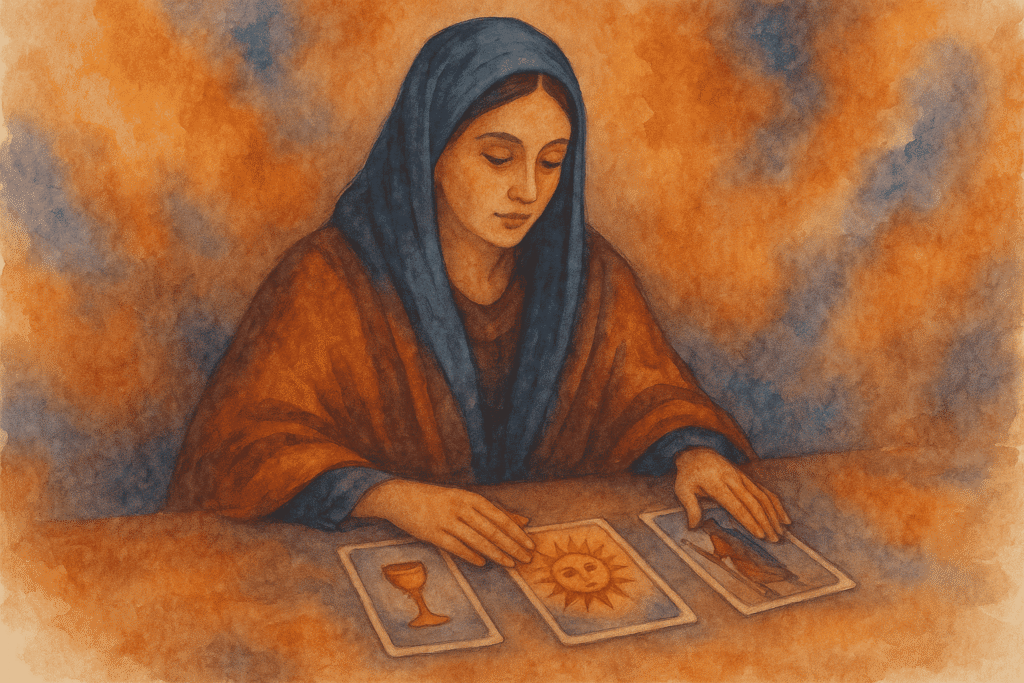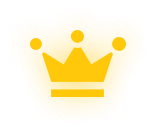Tarot Year Ahead Spread: Plan the Next 12 Months With the Cards
As the year unfolds, we often find ourselves contemplating our desires, goals, and aspirations. What if you could peer into the future, gaining insights and guidance for each month ahead? The Tarot Year Ahead Spread offers a unique opportunity to do just that, allowing you to harness the power of the cards to reflect, plan, and prepare for what lies ahead. In this guide, we will explore the intricacies of performing a tarot year spread, revealing how each of the twelve cards can serve as a beacon of light throughout your journey. Understanding the Tarot Year Ahead Spread The Tarot Year Ahead Spread involves pulling twelve cards—one for each month of the year. This spread is not merely a series of predictions; it invites you to engage with your inner self, providing a holistic view of your upcoming experiences. Each card represents a month where you can anticipate energies, challenges, and opportunities, enabling you to proactively navigate your path. Why Use a Year-Ahead Spread? The purpose of this spread transcends simple fortune-telling. By interpreting the cards holistically, you gain valuable insights that can assist you in: Planning: Identify key themes and potential changes in various aspects of your life, such as relationships, career, and personal growth. Reflection: Consider how past experiences shape your future, encouraging deeper understanding and personal development. Identifying Challenges: Recognize potential obstacles before they arise, preparing you to face them with confidence. Step-by-Step Guide to the Tarot Year Ahead Spread If you’re ready to dive into your journey of self-discovery, follow these steps to perform your Tarot Year Ahead Spread: 1. Prepare Your Space Find a quiet, comfortable place where you can focus. Gather your tarot deck, a journal, and a pen. Light a candle or incense if it helps you create a reflective atmosphere. 2. Ground and Center Yourself Take a few deep breaths, allowing any distractions to fade away. Set an intention for your reading—what do you hope to learn from this spread? 3. Shuffle and Draw Cards Shuffle the deck while concentrating on your intention. Once you feel ready, draw 12 cards from the deck, setting them in a line from left to right, representing January through December. 4. Interpret Each Card Begin interpreting each card, taking note of the themes, symbols, and messages. For a deeper understanding, consider referencing your tarot guidebook or using intuitive insights. A single card can convey a multitude of meanings, so trust your instincts while analyzing both individual and interrelated messages. 5. Journal Your Insights Record your reflections in your journal, noting down initial interpretations, thoughts on each month, and any patterns that emerge. This documentation will serve as a valuable resource throughout the year, allowing you to track progress and changes in your understanding. Additionally, consider utilizing free online AI tarot if you wish to explore further interpretations and guidance outside of your initial reading. 6. Regularly Review and Reflect As each month unfolds, revisit your journal entries and the cards drawn. Reflect on how the energies of each card manifest in your life and make notes on any surprises or challenges that arise. This ongoing process will deepen your understanding of your year-wise journey and help you stay aligned with your goals. The Benefits of a Year-Ahead Tarot Spread Engaging with the Tarot Year Ahead Spread allows you to connect profoundly with your inner self and the energies around you. By planning and reflecting on each month, you empower yourself to take charge of your journey with intention. This spread serves as a roadmap, guiding you through both highs and lows, cultivating resilience and foresight. In a world of uncertainty, having a tool to chronicle your emotional and spiritual development can be invaluable. The cards not only offer foresight but also encourage growth, prompting you to refine your goals and priorities as the year progresses. If you’re ready to embark on this enlightening adventure, we invite you to explore more insights through tarot. Let the cards guide you in your personal journey of self-discovery and empowerment. Get a Free Reading References Smith, J. (2021). The Art of Tarot: A Comprehensive Guide. New York: Tarot Publishing. Psychology Today. (2022). The Benefits of Reflective Journaling. Retrieved from Psychology Today.
Tarot Year Ahead Spread: Plan the Next 12 Months With the Cards Ler postagem »



